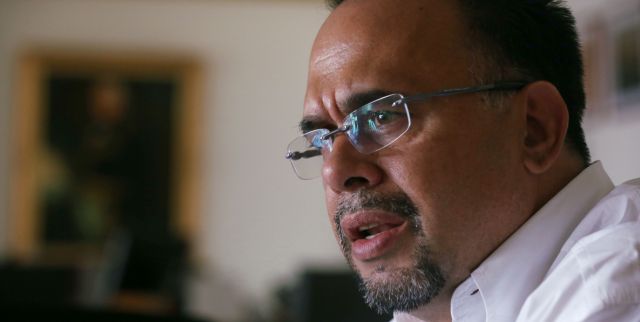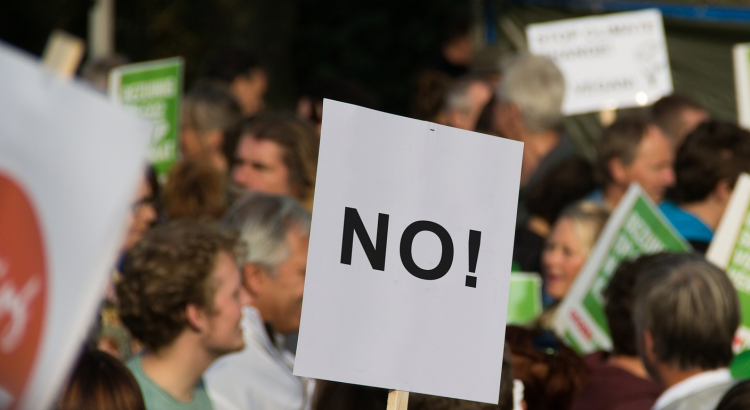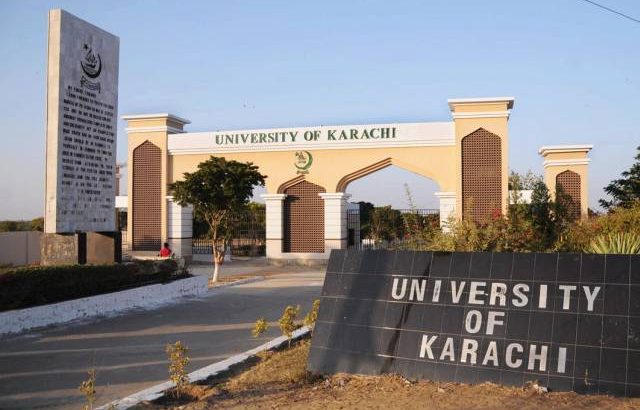Fuente: Times Higher Education / 8 de junio de 2016
Scholars say they feel overwhelmed by demands, but there is scandalously little evidence on whether long hours make any sense for knowledge workers, finds David Matthews
Since I started reporting on research last summer, I’ve been surprised by how evidence-lite major bits of science policy seem to be.
For example, last November, I analysed the new Francis Crick Institute in London, a £700 million biomedical “superlab”. Its radically flat organisational structure and high levels of scientific freedom are based not on reams of experimental data on researcher productivity, but (at least in part) on the personal experiences of the chief executive, Sir Paul Nurse, in leading other institutions.
Read more: The Francis Crick Institute: science and serendipity
Of course this isn’t to say the Crick won’t be a huge success, or that Sir Paul’s experiences aren’t useful guides. But, as I was told by Julia Lane, a professor of practice at New York University’s Center for Urban Science and Progress, “one of the things that gives one pause is that scientists don’t apply the scientific method to their own activities”.
This quote came to mind as I was writing an analysis that asks: how many hours a week should an academic work? It’s clear that faculty, particularly in the US, are putting in hours well above average (one recent study suggested 61 a week, including 10 on the weekend). Some are working even longer, as suggested by a recent blog that argued “you do not need to work 80 hours a week to succeed in academia”.
The research on optimum working hours is pretty patchy, particularly for knowledge workers (and if readers know of any relevant papers, please let me know). But there was nothing I could find that suggests someone toiling 80 hours a week can be as productive as a colleague doing half that, and plenty of research showing long hours leads to accidents and illness (see the conclusion of this paper).
Most gobsmacking of all was an ethnographic study of 100-hour-a-week Wall Street bankers by Alexandra Michel, a former Goldman Sachs employee herself, and now a professor at theUniversity of Pennsylvania.
Some of the quotes from bankers struggling to overcome the physical limits of their bodies in a never-ending work culture could have come straight from Patrick Bateman. Others are much more tragic.
‘‘I totally believe in mind over matter. There are no such things as physical needs. Tell me one physical need and I can tell you a culture in which they have controlled it,” one banker told Michel.
‘‘I fell on my way to a meeting. The leg changed color and I had pain but I chose not to think about it until after the meeting,” explained another. Her leg was broken in two places.
By year six, the latter banker had developed multiple new allergies, suffered from joint and back pain, heart problems and ovarian cancer, and had numerous unshakable colds and flu. Work forced her to miss the funeral of a beloved grandfather. ‘‘I feel like the creative juices are just gone,” she said. But she was still socialised by the bank’s culture: ‘‘I work hard because this work is who I am.’’
Academics can’t be blamed for overwork any more than can these bankers. Many surely feel trapped in a culture that lionises hyper-long hours, with anything else seen as a lack of commitment (Michel told me working at the weekend is seen as a “badge of honour” for faculty.)
Instead, it should be up to universities as employers to measure how long their faculty are working, and test whether there is any basis for them to work 50, let alone 80, hours a week.
You wouldn’t expect a Wall Street bank to do this. But the academy is supposed to adhere to higher standards of evidence. Understanding whether the nine-to-five (which is, after all, a hangover from the Fordist era of manufacturing) makes any economic or social sense in a knowledge economy strikes me as one of the most pressing research questions of our time.














 Users Today : 4
Users Today : 4 Total Users : 35460852
Total Users : 35460852 Views Today : 6
Views Today : 6 Total views : 3420121
Total views : 3420121